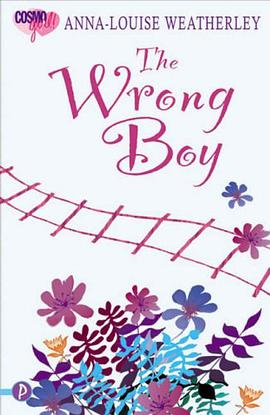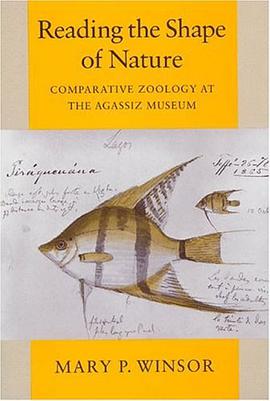

具体描述
Tārīkh-i amniyya ("History of Peace") was written in the Chagatai language—the old literary language of Central Asia, which can be thought of as an ancestral form of today's Uyghur and Uzbek languages. According to modern scholars, the Chagatai of Musa Sayrami's manuscripts had been influenced by "modern" Uyghur language (i.e., the vernacular of Sayrami's own era).
Tārīkh-i amniyya, which has survived in several manuscripts, consists of the following parts:
the introduction, which surveys the history of Xinjiang from Noah to Chengiz Khan to the beginning of the Dungan Rebellion
Part 1, which discusses the early stages of the rebellion, under leadership of the Khojas
Part 2, which discusses the Yaqub Beg's regime, and the reconquest of the region by the Chinese troops in 1877.
Conclusion
作者简介
Mullā Mūsa Sayrāmī (Uyghur: موللا مۇسا سەيرامى, ULY: Molla Musa Seyrami; 1836–1917) was a historian from Xinjiang, known for his account of the events in that region in the 19th century, in particular the Dungan Rebellion of 1864-1877. While the ethnonym Uyghurs, with its modern meaning, was not yet used in Musa Sayrami's day,[1] he probably would be called an Uyghur if he lived a few decades later, based on his place of birth and the language of his literary works.
目录信息
读后感
评分
评分
评分
评分
用户评价
相关图书
本站所有内容均为互联网搜索引擎提供的公开搜索信息,本站不存储任何数据与内容,任何内容与数据均与本站无关,如有需要请联系相关搜索引擎包括但不限于百度,google,bing,sogou 等
© 2026 book.wenda123.org All Rights Reserved. 图书目录大全 版权所有




















